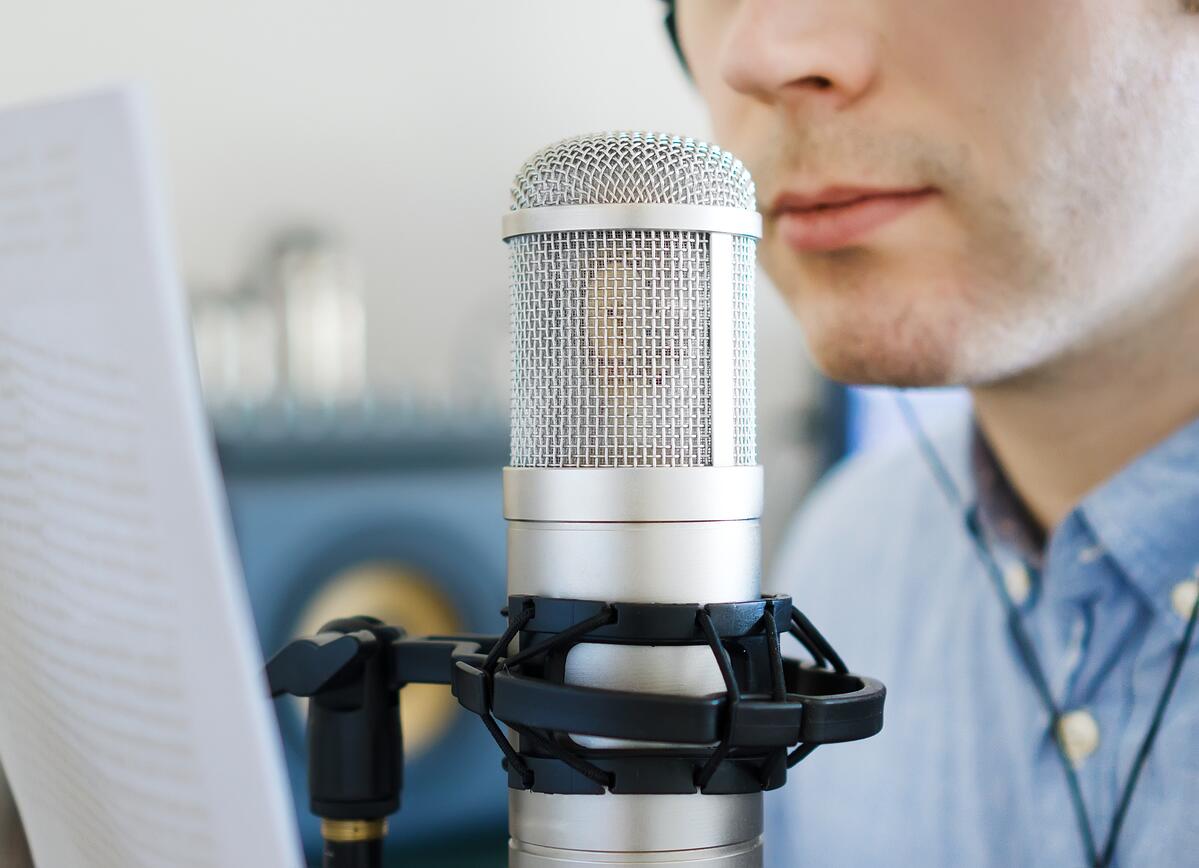What Your Competition is Doing on Radio and Hopes You Don’t Find Out

Previously, we’ve discussed on this blog the various reasons why radio advertising works, including it’s massive reach, large number of active listeners, and proven ROI. Of course, radio’s effectiveness relies on sound strategy and successful execution. But it also depends on your willingness to try new things in order to maximize your returns and surpass your competition. That’s why we’ve put together this list of radio advertising ideas your competition are likely using that you may not know about and should consider in order to be more competitive in the marketplace.
Leveraging Radio Endorsements
According to a Katz Media survey, 80% of radio listeners said they’d consider something their favorite on-air personality recommended (via RAB). Radio personalities are integral parts of their communities, and influential in the daily lives of their listeners. The station personalities need to align with your brand. The on-air personality should be sincere and sound authentic when discussing your products or services. Take Susan G. Komen’s Race for the Cure, for example. The organization needed a trusted voice, so they worked closely with The Mix Morning Show. The number of race registrations exceeded expectations and the event helped to achieve their donation goals. There’s a meaningful connection between the radio personality and listener, and some of that can be transferred to your brand.
Integrating Radio with Other Media
When advertising today, you should be integrating your marketing campaign across multiple channels. Fortunately, radio advertising pairs easily with other media. In a recent study by IAB and Research Now, adding radio to a TV and digital campaign lifted purchase intent by 80%. Similarly, brand perception saw a 57% lift with radio versus digital and TV alone. A Nielsen study notes that people exposed to both a radio and television ad for a specific campaign had 35% higher awareness than those only seeing the TV ad. Recall on brand and messages is higher thanks to radio.
Radio and social media are a perfect pair in terms of targeting, timeliness, and cross-promotion. You can see this clearly in our case study for a Chicago-based home and garden company. Through a combination of live reads, social media, use of WSHE’s website, and events, we lifted brand awareness and perception worthy of the listeners engagement.
Using Radio for Lead Generation
Radio does more than increase brand awareness and reach. It’s also a powerful tool for generating leads. According to the 2017 Nielsen Total Audience Report, most radio listening happens outside the home – primarily when people are working or on the road – and close to their point of purchase. It also serves a captive audience; 58% of listening is with their favorite station. Couple that with the fact that radio is uncluttered and can hold listeners’ attention. Together these factors make radio an ideal channel for lead generation.
To be effective, however, your radio ad requires strong creative, an enticing offer, and a compelling call-to-action. These are necessary to encourage driving listeners to take the next step in the sales funnel.
Tapping into Targeted Formats
When most brands think about radio advertising, they assume that putting their spot on the Top 40 and Pop station formats will give them the widest reach. There are many other formats that are rising in prominence. A recent Nielsen report shows both Adult Contemporary and Classic Rock have been gaining listenership across all age groups, including Millennials.
A format’s audience may not be what you think it is. This is especially true with Classic Rock. The assumption is that Classic Rock is for older men, and using it to target women or younger generations is a waste of money. Taking a look at data from Hubbard station The Drive (97.1 FM WDRV), we discovered that 41% of Classic Rock listeners are female, while Millennials and Gen X make up 43% of their audience. Be sure you’re making decisions about your radio advertising based on actual data that show which channels your audience engages with and how.
Share This
Subscribe
Stay on top of industry news and trends.
